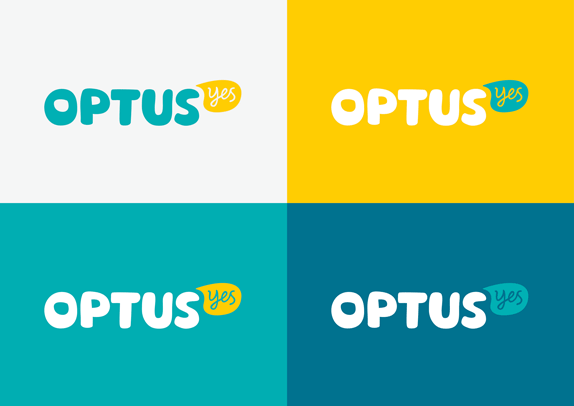return on investment (%) = (Net profit / Investment) × 100
ROI = (100,000 / 50,000) x 100
ROI = 200%
Onto a real world case study, I am sure many of you may have seen the youtube videos 'Will it Blend', if you haven't then follow this link. What you may not know is that the series is funded by BlendTec who sell blenders. Upon uploading videos of their blenders destroying just about anything to social media website Youtube they noticed a significant jump in sales. Blendtec reported a 700% increase in sales soon after their Youtube channel launched. Now as Blendtec has not published their finances online we can only exaggerate their ROI. As their sales went up 700% from publishing a few 2 minute videos online the ROI must have been at an immense percent.
An Estimation of their ROI:
Before sales BlendTec was your high-end blending company maybe selling 10,000 units a month in the US. Each unit would have been sold to wholesalers at around $80. This gives them an annual sales profit for their medium sized company $9,600,000. Their costs (still exaggerated for the exercise) may have been $50 per unit to manufacture, $300,000 per year for a small marketing team, $400,000 for a small accounting team, $1,000,000 for factory employees and $500,000 for office employees. This leaves them with $1,400,000 left to spend on uncalculated expenses.
Now if the company invested $200,000 a year on their high-quality YouTube channel their ROI would be as follows:
Cost of Investment = $200,000
Expected Sales Profit (after manufacturing cost) = $3,600,000
Expected Sales Profit (after manufacturing cost) = $3,600,000
Actual Sales Profit (after manufacturing cost) = $25,200,000
Profit Added to company = $21,600,000
Net Profit of investment = $21,400,000
ROI = (21,400,000/ 200,000) x 100
ROI = 10,700%
While this ROI is most likely not exact I would not doubt it is far from the truth of BlendTec's successful Youtube campaign. In conclusion you can see just how immensely profitable a social media presence could add to a company, albeit such cases as BlendTec are as rare as winning the lottery.








